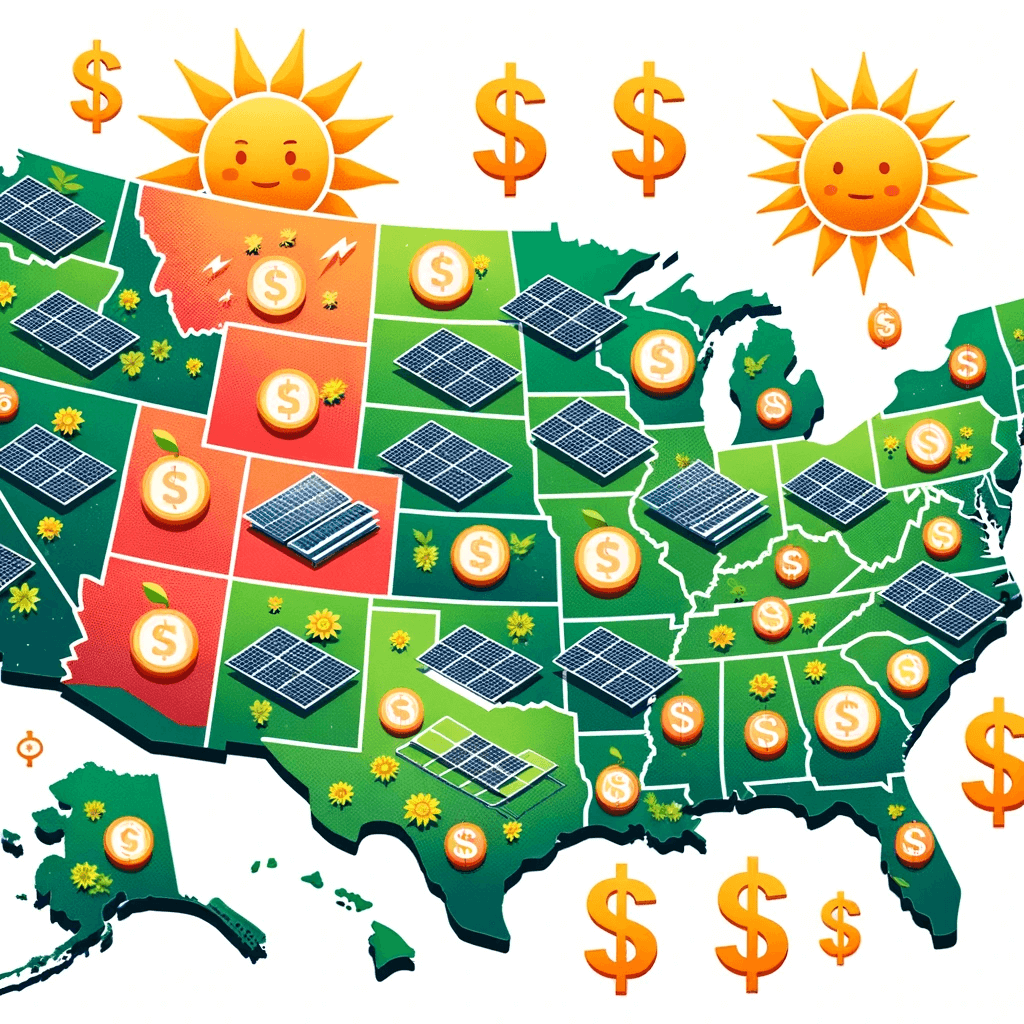The Transformative Role of Artificial Intelligence (AI) in Solar Power
Intro
In the era of boundless innovation, artificial intelligence (AI) has emerged as a driving force that reshapes industries and propels us into the future. When paired with the boundless potential of solar power, this dynamic duo transcends the ordinary and ushers in a new era of efficiency, optimization, and sustainability. Join us as we dive into the transformative role of AI in solar power, where innovation meets illumination.
AI: Empowering Solar Potential
Harnessing Data for Efficiency
AI's ability to analyze massive amounts of data in real time is a game-changer for solar power. Solar installations equipped with sensors and AI algorithms can optimize energy production by adjusting panels' angles and positions to capture maximum sunlight.
Predictive Analytics for Performance
Predictive AI algorithms can forecast solar energy production based on historical data, weather patterns, and other variables. This aids in energy planning, load management, and grid integration.
Solar Power's Impact on AI
Training AI Models with Solar Data
Solar data, including irradiance levels and energy generation patterns, is a valuable resource for training AI models. This enables AI to make more accurate predictions and decisions related to solar energy management.
Energy Efficiency in AI Operations
AI's energy consumption can be offset by solar power. Solar installations can provide clean energy to power AI servers and systems, reducing the overall carbon footprint of AI technology.
Frequently Asked Questions (FAQ)
-
AI is utilized in solar energy for predictive maintenance, optimizing energy storage, and enhancing energy output. Machine learning algorithms analyze data from solar installations to predict system failures, optimize battery storage usage based on forecasted energy generation, and adjust panel angles to maximize sunlight capture.
-
In the context of solar systems, AI refers to the application of machine learning and data analytics to improve the efficiency and performance of solar installations. This includes tasks like analyzing weather data to predict energy generation, optimizing energy distribution based on consumption patterns, and automating system adjustments for peak performance.
-
Yep! Robots can be powered by solar energy using solar panels affixed to their structures. These robots can operate in outdoor environments, drawing energy from the sun, and are especially useful in applications like agricultural monitoring, environmental studies, and solar farm maintenance.
A Greener and Smarter Future
Automated Maintenance and Fault Detection
AI-driven systems can monitor the performance of solar panels and identify faults or malfunctions. This automation streamlines maintenance efforts, ensuring optimal system performance and minimizing downtime.
Grid Optimization and Demand Response
AI algorithms can optimize grid operations by balancing energy supply and demand. During times of peak demand, AI can direct excess solar energy to the grid, enhancing grid stability.
AI and Solar Power: A Vision Realized
The convergence of AI and solar power transcends technological advancement; it empowers us to create a world where energy is harnessed with unprecedented precision and efficiency. Together, they illuminate the path toward a sustainable and intelligent future.





